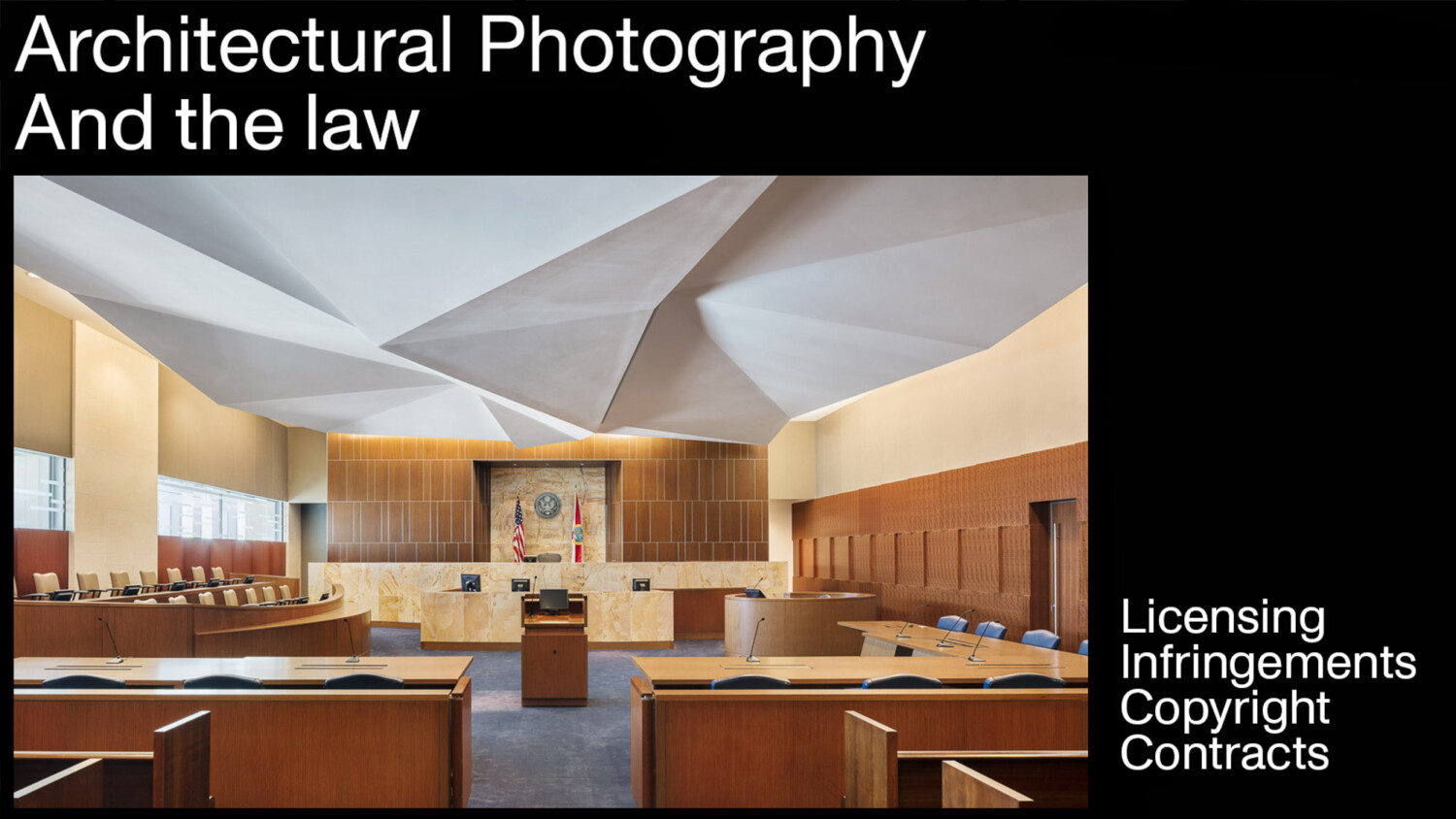Protect the Value of Your Work and Separate Your Fees!
Editors note: This is where we have to jump in and remind you that APALMANAC is proud to be partnered with California-based intellectual property attorney Leslie Burns. Please remember that the answers here are not legal advice, but rather for educational purposes. If you do have specific questions about a potential case or personalized guidance, head over to her website and get in touch. Ok back to it!
Back in 2012-13, photographers got a bit of a scare with the Riensdorf v Sketchers case. In that case, the photographer brought an infringement claim against his client for exceeding the usage granted in his license. The client-defendant tried a very interesting and, for photographers, dangerous defense: it claimed that they created the ad using the image with the photographer, making the ad a work of joint authorship and, by extension, the photo was too; if they were co-authors, they could not infringe on their own work.
This is a really smart and creative defense, I have to say. Basically, the client-defendant said it did post-production to the photograph and used the photo to create the ad (adding its own creative contribution), so the ad was a work of joint authorship, including making them co-authors of the photo.
In the court’s summary judgment opinion, things were not looking good for the photographer. Important factors weighed in favor of the client-defendant! In the end, though, the photographer won. Why? In very large measure, he won because he wisely used separate fees and clear licensing language; that is, he had one fee for the creation of the photographs another for the usage of the photographs, and he spelled out what could and could not be done with them. The court said:
Not only did Reinsdorf charge for his time and effort, but also for “usage” of the photographs. Reinsdorf also attempted to limit Skechers’ use of its ads by including temporally and geographically restrictive language in his invoices to Skechers.
Now, I have argued with photographers and consultants for years about the importance of separate fees. Bluntly, they are flat-out wrong when they suggest that combined fees are the way to go; even though clients prefer the combined fee (because of course they do—clients benefit from the combo, not you!). And here is yet another example of why it is so important to keep them separate: if this photographer had not separated his fees, he very likely would have lost this case.
Another reason the separate fees were vital is that this photographer did not register his photograph before the infringement took place (or within three months of first publication) which meant he could only get his lost license fee for this infringement (i.e., actual damages) and profits directly attributable to the infringement – no statutory damages or attorneys’ fees. He would have had to prove all those damages. But his case ended up settling, so we don’t know what the numbers were. We do know that if this photographer had not explicitly stated in his paperwork what he charges for his usage license, he would have had a hard time proving how much he should get.
That is, let’s say a photographer (“Bob”) sends an invoice to a client for $10,000 for “Photography” and another photographer (“Betty”) sends the same client a bill for the same sort of work and license but bills $3,000 for her Creative Fee and $7,000 for her Usage License Fee. Both get infringed in the same way – say, the client uses the work for 2 years instead of 1 as granted. When they go to court, Bob will have a very hard time proving that $7,000 of that $10,000 generic “Photography” fee was for the license. The defendant will get out experts and invoices it has paid to other lowballing photographers as proof it only pays $1,000 (or whatever) for that license.
Betty, however, will be able to point to the previously paid invoice and say “the original license was for 1 year and cost $7,000; the defendant used it for another year, which should be another $7,000.” Boom, thank you for playing.
So, please, make sure you do the following to protect the value of your work:
- Register your copyrights ASAP after creation, so that you can get statutory damages and attorney’s fees in district court if your work is infringed (or higher statutory damages than you could otherwise in the Copyright Claims Board);
- Use separate line items on your estimates and invoices: Usage Licensing Fee and Creative/Shoot Fee;
- Make the Usage Licensing Fee much more than the Creative/Shoot Fee (put your ego on hold and do it); and
- Write clear licenses that both explain and limit the usage appropriately (geography, time, scope, whatever).
